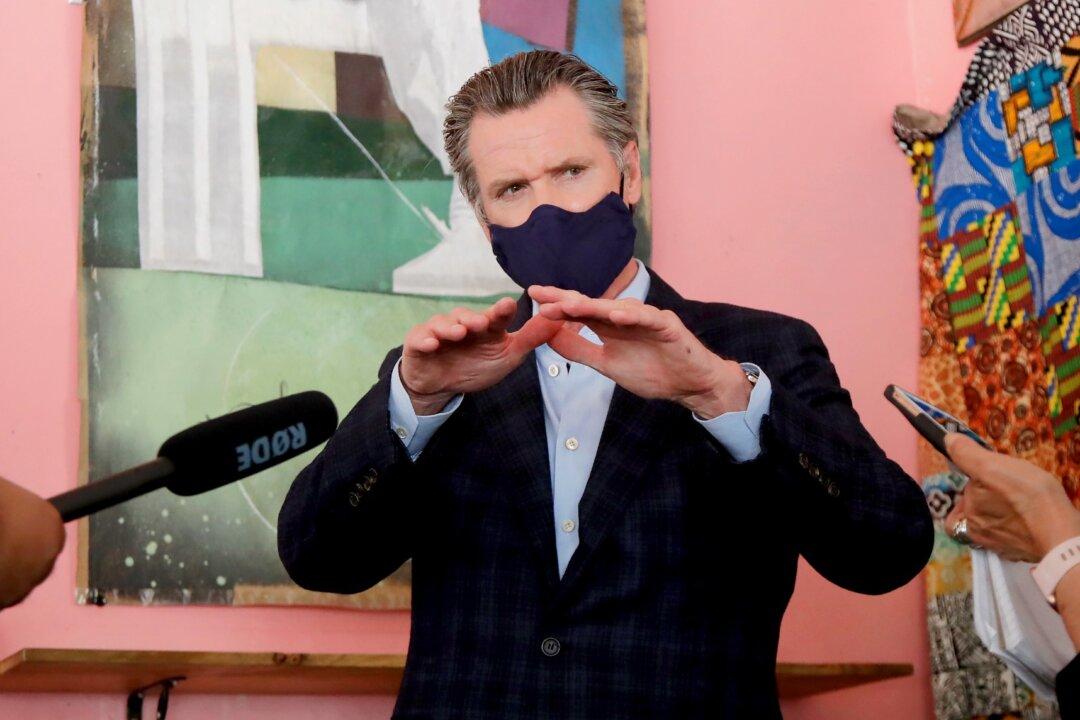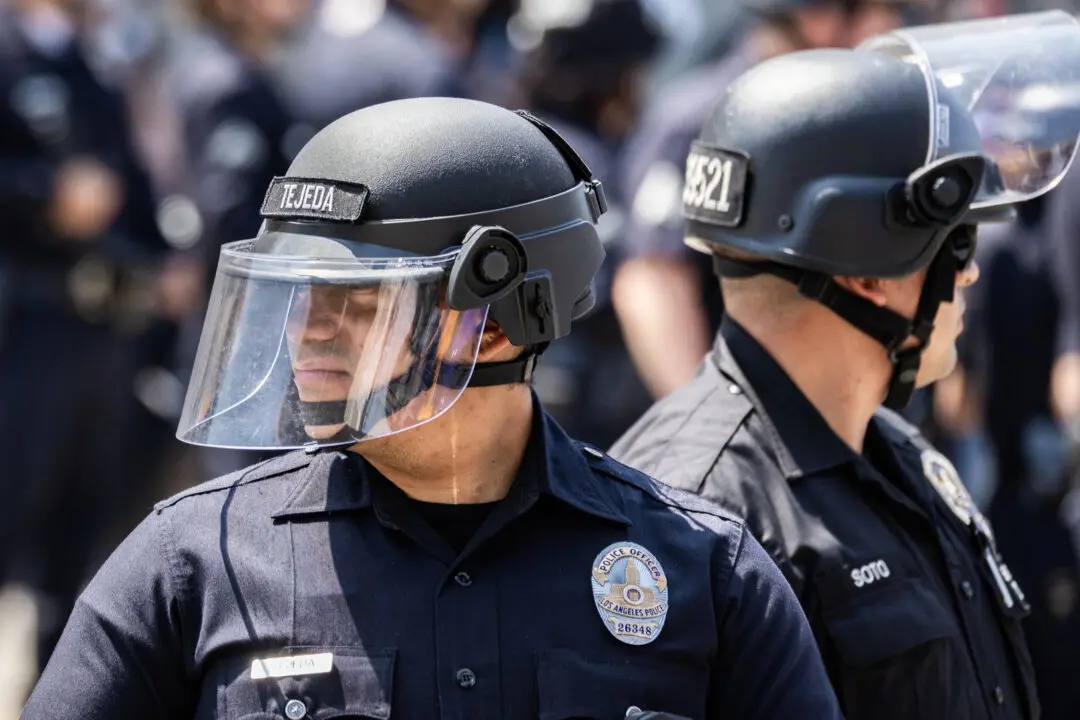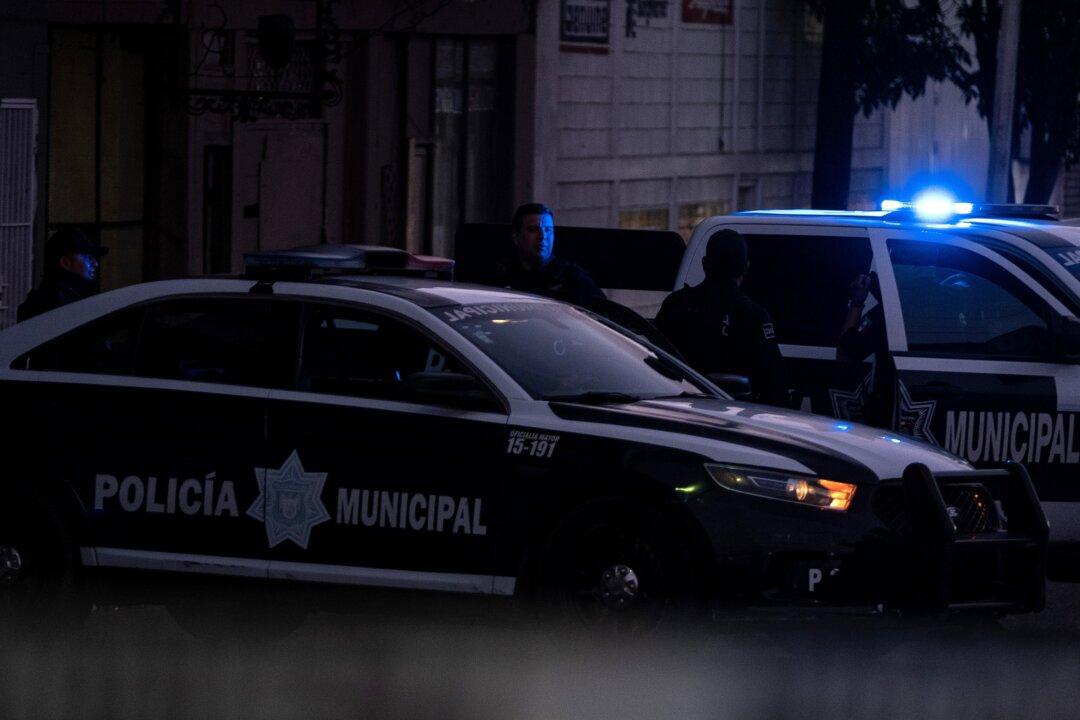LOS ANGELES (CNS)—Citing what he called an unprecedented spike in new COVID-19 cases across the state, Gov. Gavin Newsom said Nov. 16 that the state is hitting an “emergency brake” on economic activity, moving 28 counties—including Orange—back to the most restrictive tier of California’s matrix governing business operations.
The move means 41 of the state’s 58 counties are now in the restrictive “purple” tier, which severely restricts capacity at retail establishments, closes fitness centers, and limits restaurants to limited outdoor-only service.





